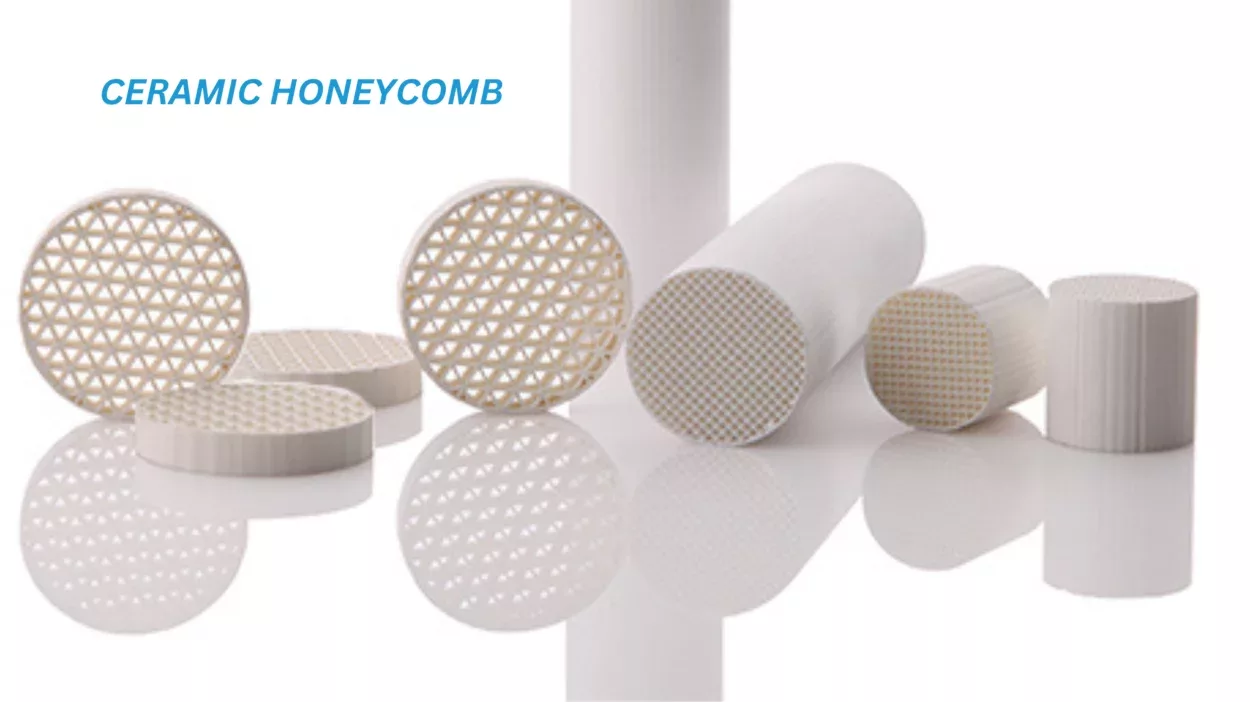Innovation is the driving force in the dynamic world of architecture. Architects and builders always look for new materials that promise enhanced strength, efficiency, and sustainability. One such material that is sparking a wave of excitement is ceramic honeycomb. Its properties make it an exceptional choice for various architectural structural applications. Let’s delve into ceramic honeycomb, its benefits, and its revolutionary role in modern buildings.
What is a Ceramic Honeycomb?
A ceramic honeycomb is made from ceramic materials arranged in a honeycomb-like pattern. This design gives it a high surface area and excellent strength-to-weight ratio. The material is created by extruding ceramic into a honeycomb shape and then firing it at high temperatures to harden it.
Why Use Ceramic Honeycomb in Architecture?
- Strength and Durability: Ceramic honeycomb structures are solid and durable. They can bear harsh environmental conditions, making them ideal for building components that must be strong and long-lasting.
- Lightweight: Despite its strength, ceramic honeycomb is lightweight. This makes handling and installing easier than traditional materials like concrete or solid ceramics. Its lightweight nature also reduces the structure’s overall weight, which can lead to cost savings in foundation and support systems.
- Thermal Insulation: Ceramic honeycomb has excellent thermal insulation properties. It helps keep the buildings chilly in the hot waves and warm in the breeze waves, reducing the need for heating and cooling. This results in important energy savings and a more comfortable living environment.
- Aesthetic Appeal: The honeycomb structure can be aesthetically pleasing. It offers a unique and modern look that can enhance the design of a building. Ceramic honeycomb can be used as a decorative element as well as a functional one.
- Sustainability: Ceramic honeycomb is made from natural materials and is often produced using environmentally friendly methods. It has a long lifespan, meaning need for frequent replacements and repairs reduction.
Applications of Ceramic Honeycomb in Architecture
- Wall Panels: Ceramic honeycomb panels can be used for interior and exterior walls. They provide excellent insulation and are resistant to fire, moisture, and impact. This makes them suitable for various building types, from homes to commercial buildings.
- Floors and Ceilings: The lightweight nature of ceramic honeycomb makes it ideal for use in floors and ceilings. It can support heavy loads without adding significant weight to the structure. Additionally, its insulating properties can help with temperature regulation and soundproofing.
- Facade Cladding: Ceramic honeycomb can be used to clad building facades. It offers a sleek and modern appearance while protecting the elements. The material’s durability ensures the facade remains in good condition for many years.
- Partitions and Dividers: In interior design, ceramic honeycomb can create partitions and dividers. These structures are not only functional but also add an element of style to the space. They can be altered in various shapes and sizes to fit the design needs of the building.
- Roofing: The thermal insulation properties of ceramic honeycomb make it an excellent choice for roofing materials. With the help of it, a stable temperature can be maintained inside the building and can depreciate energy costs associated with heating and cooling.
Buy Ceramic Honeycomb
Conclusion
Ceramic honeycomb is an innovative material that offers many benefits for architectural applications. Its strength, lightweight nature, thermal insulation properties, aesthetic appeal, and sustainability make it a versatile and inspiring option for modern buildings. As architects and builders continue to seek new ways to enhance the performance and design of structures, ceramic honeycomb is poised to become an increasingly popular choice. Whether used in walls, floors, facades, or roofing, ceramic honeycomb can inspire a new era of architectural design and construction.







